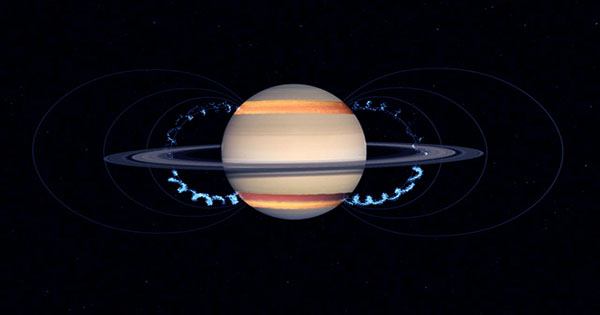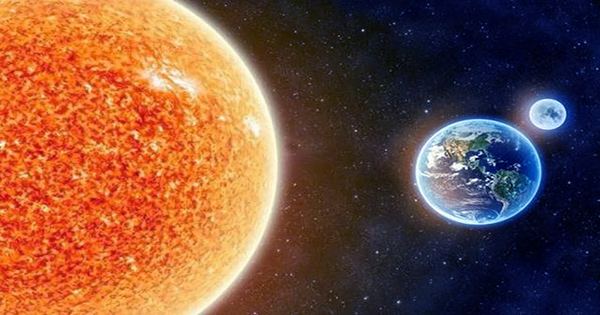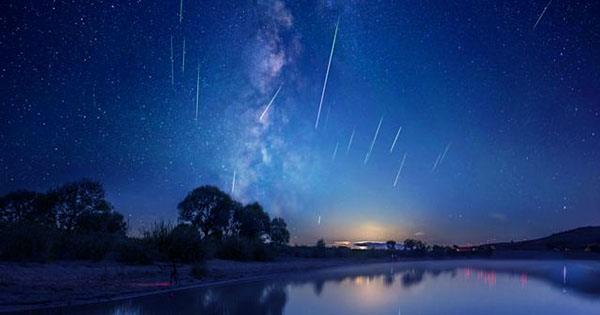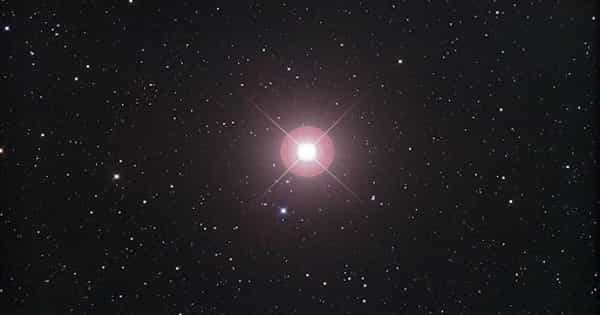At least since Newton postulated that Earth’s water arrived on comets, astronomers have wondered where it came from. Over the ages, the topic has evolved several times, but one notion has never been seriously considered that it came from the Sun. This is, however, what some scientists propose in new research published in Nature Astronomy, as implausible as it may appear. Although there was plenty of hydrogen and oxygen in the material from which Earth originated, it considered that most of it fled early in the history of the planet while the oxygen was trapped in rocks. Any water must have arrived after the processes that ejected the early hydrogen had been completed.
“An existing theory is that water was carried to Earth in the final stages of its formation on C-type asteroids,” said Curtin University’s Professor Phil Bland in a statement. “However, the previous testing of the isotopic ‘fingerprint’ of these asteroids found they, on average, didn’t match the water found on Earth, implying there was at least one other unaccounted for source.” Because C-type asteroids have more deuterium per water molecule than Earth’s oceans, a low deuterium supply is needed to keep them balanced.
The Sun’s solar wind includes a lot of conventional hydrogen but very little deuterium. The same low deuterium water was discovered on the asteroid Itokawa, which was visited by the Hayabusa mission, but only in a very thin layer at the surface, according to Curtin University’s Dr. Nick Timms, Deuterium concentrations are closer to those of asteroids from further away from the Sun as you go deeper.

This hydrogen, according to Timms and co-authors, interacted with oxygen on the surface of asteroids in the inner solar system, forming an extremely thin yet water-rich layer. This has little influence on the object as a whole for huge asteroids like Itokawa, smaller objects, particularly dust particles, had dramatically different surface-to-volume ratios. These elements took their water with them when they landed on Earth, lowering the quantity of deuterium in our seas.
The authors estimate that this hitherto unknown source provides between 56 and 72 percent of the Earth’s water. “The Earth would not be the water-rich planet we know without it,” Timms told. According to the authors, other objects in the inner Solar System must have hit by the same rain of water-rich dust. The fact that Mars had oceans before losing them shows that much of the dust accreted onto planets early on was insufficient to compensate for Mars’ pace of water loss for a long time. This is consistent with our simulations, which predict a dusty early Solar System.
“Our research reveals that the same space weathering mechanism that formed water on Itokawa likely occurred on other airless planets,” said main author Dr. Luke Daly. “This means astronauts may be able to process new sources of water directly from the dust on a planet’s surface, such as the Moon.” “Jumped on board and proved our statistics are true,” Timms told IFLScience, adding that several of the paper’s authors were initially suspicious of a proposal so distinct from those previously suggested.
The outer layers of meteorites burnt away during their journey through the atmosphere, thus they cannot utilize to corroborate the Itokawa readings. However, the team obtained access to the Ryugu Hayabusa-2 samples and will investigate rocks recently retrieved from Bennu’s surface to see if they contain a surface layer of low-deuterium water as well.
















